Our editors independently select these products. Making a purchase through our links may earn Well+Good a commission
The Everything-You-Need-To-Know Guide to Hiking for Beginners
Calling all hiking beginners! Before embarking on your first hike, discover how to find the best hikes and what you'll need on your trek.
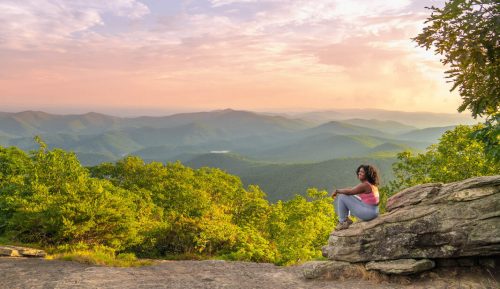
When COVID-19 brought international travel to a halt, travel blogger Tee George decided to explore what her home state of Georgia had to offer. Local travel excursions unlocked a passion for the outdoors and unveiled the jaw-dropping scenery that had been in her backyard all along. “My first hike in Georgia was called Stone Mountain, a huge granite rock about 30 minutes from Atlanta,” says George. “I felt something inside me shift. I felt connected to nature in a way I’d never been before.”
Experts in This Article
Tee George is a blogger who documents her adventures traveling, hiking, and camping across the southeastern United States. George leads group hikes in an effort to diversify outdoor spaces and foster inclusivity in outdoor recreation.
A pandemic-born interest in hiking is not uncommon. The hiking industry saw a major boom in participation experience hikers and beginners alike during the summer of 2020, with a 79 percent increase of trail use, according to American Trails. Today, the United States is home to 57.8 million active hikers. The physical and mental health benefits of hiking coupled with the sight-seeing opportunities have made hiking one of America’s favorite pastimes in 2023.
Trail hiking can be daunting for first-timers. If you’d like to join in on the fun, read on to learn some of George’s best hiking tips for beginners, including how to stay safe, what supplies you’ll need, and how to get the most out of your first hike.
How To Find Hiking Trails for Beginners
You might be eager to try an advanced, picturesque hike on your first go, but George recommends sticking to trails shorter than two miles with less than 200 feet of elevation gain.
George recommends using AllTrails, a smartphone app that helps you find beginner-friendly hiking, biking, and running trails in your area. This app allows you to sort by difficulty level and apply filters to find pet-friendly and wheelchair-accessible trails. Each trail listing includes the length and elevation gain of the trail as well as photos and first-hand reviews from fellow hikers.
Hiking for Beginners: Safety 101
1. Check the weather
It might seem like an obvious first step, but always look at the day’s weather predictions before hitting the trail. Weather radars apps like MyRadar can tell you if a storm cell is approaching, what the wind forecast is, and what the current air quality is like. Once you have an idea of what the weather will look like, dress and pack accordingly.
2. Tell a trusted friend where you’ll be
Never go on a hiking trip without telling at least one close friend or family member where you’ll be going. If you somehow become injured or lost and can’t call for help, your person on the outside can get help for you. Tell them where you’ll be hiking, what trail you’ll be taking, who you’re going with, and what time you expect to be done, says George. Make a plan to call or text them at a specific agreed-upon time once you’re back at the trailhead.
3. Research wildlife in the area
Every region has its own unique ecosystem of plants and animals. Research the flora and fauna in your area ahead of time, and make note of potentially dangerous animals and plants that are native to the area. Bear spray (and even pepper spray) can help ward off an aggressive animal, while loud whistles and clip-on bells can alert local wildlife of your presence. Depending on the season and area, snake bite and bee sting kits and poison ivy scrubs can be an invaluable addition to your pack.
10 Essential Hiking Supplies for Beginners
The American Hiking Society recommends bringing along the “10 Essentials” of hiking. Hiking authorities like REI and Leave No Trace echo the importance of these items for your safety (and peace of mind) on hikes short and long. These essentials are the bare minimum recommended for survival in an emergency scenario; even if your hike is less than a few miles, unexpected circumstances can arise on the trail.
“You probably won’t need all of these things, especially if it’s a super easy beginner hike,” says George, “but this is what every resource recommends just in case.”
1. Navigation
Aside from your phone, be sure to slip a map, compass, or GPS locator into your backpack for safekeeping. George adds that a downloaded or printed version of your trail from a hiking trail app like AllTrails can be helpful in case you lose cell service.
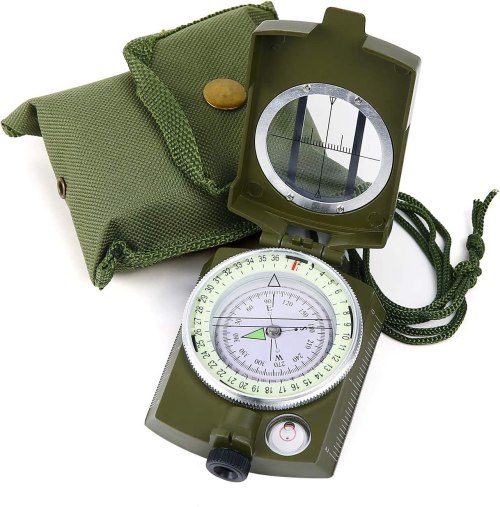
Sportneer Military Lensatic Sighting Compass — $18.00
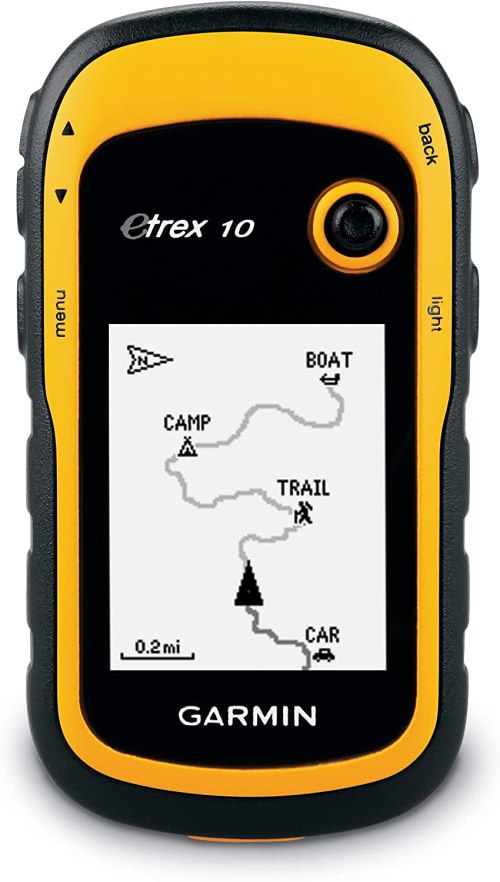
Garmin eTrex 10 Worldwide Handheld GPS Navigator — $101.00
2. Headlamp
In the event your sunset hike takes a little longer than anticipated, a headlamp can provide light without draining your phone’s battery. As with all electronics you plan to pack, be sure to include extra batteries and/or charge it until it has a full battery.
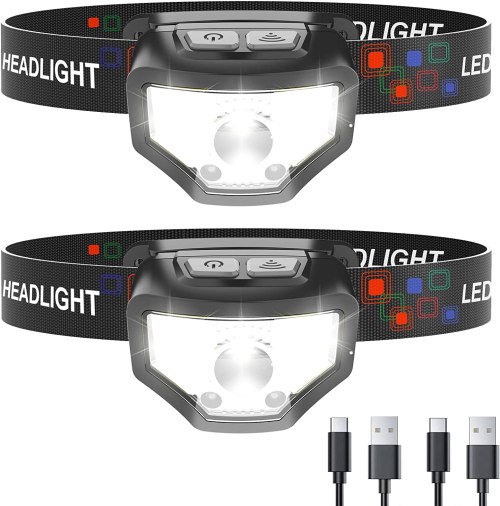
Curtsod Rechargeable Headlamp, 2-Pack — $20.00
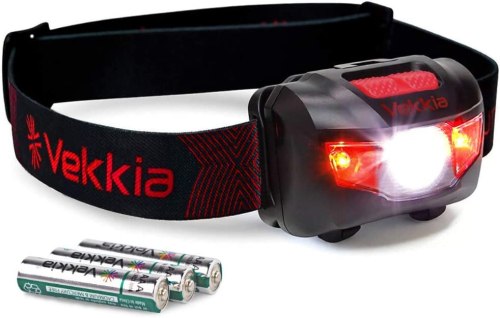
Vekkia Ultra Bright LED Headlamp — $12.00
3. Sun protection
Sunscreen, SPF lip balm, sunglasses, hats, and sun-blocking clothing can protect you from the sun. Aside from a potentially nasty sunburn, spending an extended amount of time in direct sunlight can make you tired and dehydrated.

Supergoop! PLAY SPF 50 Antioxidant Body Mist — $21.00

Supergoop! Unseen Sunscreen SPF 40 — $38.00

Banana Boat Sport Ultra Lip Balm Sunscreen SPF 50 — $6.00
4. First aid
A first aid kit is an absolute must for hiking, regardless of experience level. Anything can happen on the trail, so keep your kit stocked at all times.

Protect Life First Aid Kit — $15.00
5. Knife
A hiking knife is one of the most versatile pieces of equipment you could bring on the trail. On a typical hike, a knife can help you cut through stubborn food packages, spread condiments, and cut through brambles that get caught on your clothing. In an emergency, a knife can help you cut bandages for a wound, remove deep splinters, and cut branches for firewood.
6. Fire
In case of an emergency, throw a lighter or firestarter into your pack before departing. Starting a fire in the wilderness without any equipment is incredibly difficult to do. Lighters take up very little space, but can provide a world of security.

Lafizz 2-Pack Waterproof Torch Lighter — $17.00
7. Shelter
For longer hikes, consider throwing in a compact emergency tent in case things go south. A lack of shelter could mean life or death in severe weather.
8. Extra food
Hiking takes a lot of energy, so be sure to throw in an extra snack or two before hitting the trail. Dried fruit, trail mix, granola bars, protein shakes, and jerky are all great mess-free snack options that provide an extra boost of fuel.
9. Extra water
Always bring more water than you think you’ll need. Aside from keeping hydrated, an extra bottle of water could help a thirsty hiker who forgot to pack their own.
10. Extra clothes
George recommends dressing according to the weather and investing in lightweight, moisture-wicking fabrics that can breathe while you sweat. “The main thing when hiking is you want to avoid cotton,” says George. “Cotton takes so long to dry, you’ll want something like polyester, nylon, or wool.”
An extra change of underwear or socks and extra layers can make for a more comfortable hiking experience. And packing a light rain jacket, even if the weather doesn’t call for rain, is a smart move. “I always have one in my backpack,” says George.
Other Hiking Gear You Might Need
Beginner hiking boots
Most hiking trails have uneven terrain and some form of elevation gain, making athletic sneakers a risky footwear choice. Great hiking boots are durable, comfortable, supportive, and are built to withstand harsh weather conditions.
George’s current hiking boot is the Merrell Moab 3, which is made from partially recycled fabrics and has a high level of shock absorption to help reduce torque.
“They’re super comfortable and they don’t have a breaking in period,” says George. “They’re durable, waterproof, and have great ankle support.”

Merrell Moab 3 Hiking Shoes — $110.00
A cooling towel
Keeping a bandana, scarf, or cooling towel on hand can offer relief during warm weather hikes. Along with wearing proper clothing and staying hydrated, a wet towel can help ward off heat exhaustion and keep you comfortable mile after mile. This 4-pack of microfiber towels from Sukeen can stay chilled for up to three hours and comes with individual carrying cases that can clip onto your hiking bag.

Sukeen Cooling Towels, 4-Pack — $18.00
A quality water bottle
A sturdy, air-tight, reusable water bottle is crucial for hikes. This 2.2. gallon jug from H2O Capsule comes with a dust-proof straw cover to keep dirt away, a neoprene sleeve that can hold your phone, cards, and keys, and an adjustable shoulder strap for easy hauling.

H2O Capsule 2.2L Half Gallon Water Bottle — $30.00
A roomy backpack
Hiking backpacks have plenty of storage options to keep your snacks, first aid equipment, and extra clothes separate from each other. This bag from Venture Pal comes with a waterproof compartment to store wet clothes, two mesh water bottle sleeves, and a chest clip to help distribute weight evenly, preventing sore shoulders.
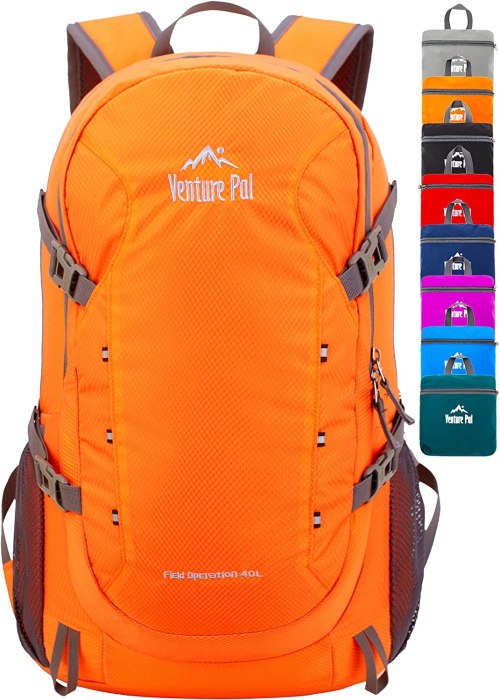
Venture Pal 40L Lightweight Packable Travel Hiking Backpack — $29.00
Hiking Trail Etiquette Dos and Don’ts for Beginners
DON’T play loud music
Resist the urge to blast music from your phone or portable speaker, especially on popular trails. This can ruin the experience for other hikers who are trying to reconnect with nature.
“I prefer to hear the wind and the water and the birds chirping,” says George, “and that’s interrupted when I hear someone’s music going on in the background. I think it’s fine if you’re in the backcountry, but for the most part, keep your music on a low volume.”
DO allow faster hikers to pass you
As a courtesy to other hikers, stay to the right side of the trail when you can; this allows runners and speed hikers to go around you on your left. If you need to take a breather, try to move as close to the right edge of the trail as possible before resting.
Uphill hikers have the right of way, says George, so step to the side if you encounter people hiking up while you’re hiking down.
DON’T bring unleashed dogs
Many people bring their dogs along on hikes. They’re a great form of exercise for Fido and offer sensory stimulation they might not otherwise get at the neighborhood dog park.
Before bringing your dog along, make sure they’re well-behaved around adults, children, and other dogs. Bringing an aggressive or untrained dog on a public trail can be a recipe for disaster. Always keep your dog leashed and be sure to pack a portable water bowl for mid-hike breaks. Just as you would pick up your dog’s poo while walking around your block, pick up your dog’s poo along the trail, too.
DO leave the trail better than you found it
Take all of your trash with you, pick up any litter you come across, and do your part to maintain the trails.
“Always abide by the ‘leave no trace’ principles—pack out what you pack in,” says George.
DON’T take shortcuts
During your hike, you might come across a man-made shortcut through the brush that branches off of the main trail. George says to avoid these shortcuts for two reasons.
First, shortcuts can be dangerous. Following uncharted trails can make it more difficult for rescue teams to locate you in case of an emergency, and you might not know where the shortcut leads to, or how long it is.
Second, shortcuts like these aren’t eco-friendly, according to George. These trails damage the environment’s natural foliage and can interfere with wildlife in the area.
DO remember to document your journey
George documents her hikes on Instagram in an effort to diversify outdoor spaces and encourage people of color to embrace the outdoors. Over on her TikTok, George shares her favorite hiking tips for beginners, including which hiking boots are worth the investment and how to properly layer cold weather gear.
Sign up for the Well+Good SHOP Newsletter
Get exclusive deals on wellness, beauty, fitness, and food products that have been hand-picked by our editors.
Got it, you've been added to our email list.









